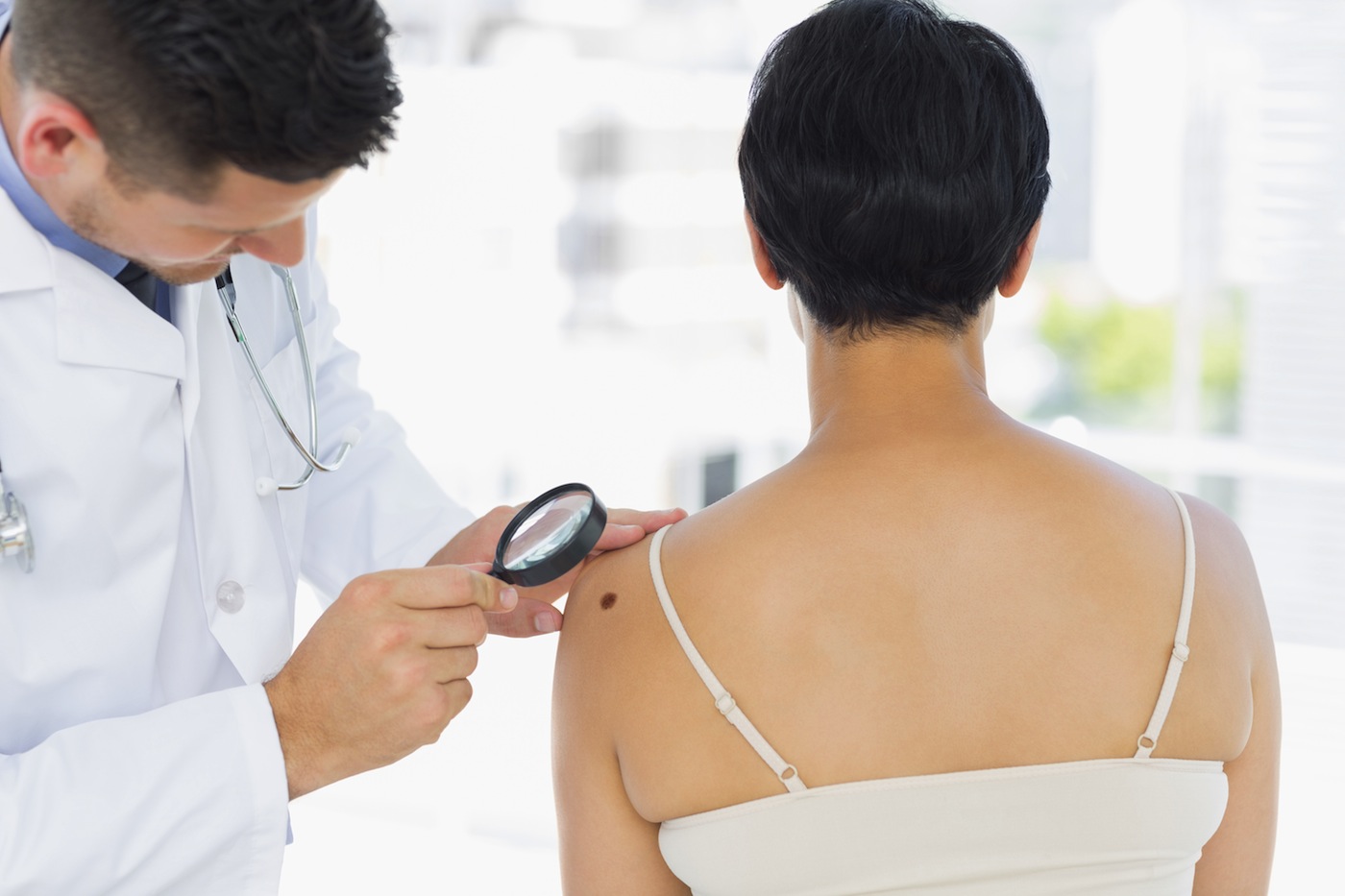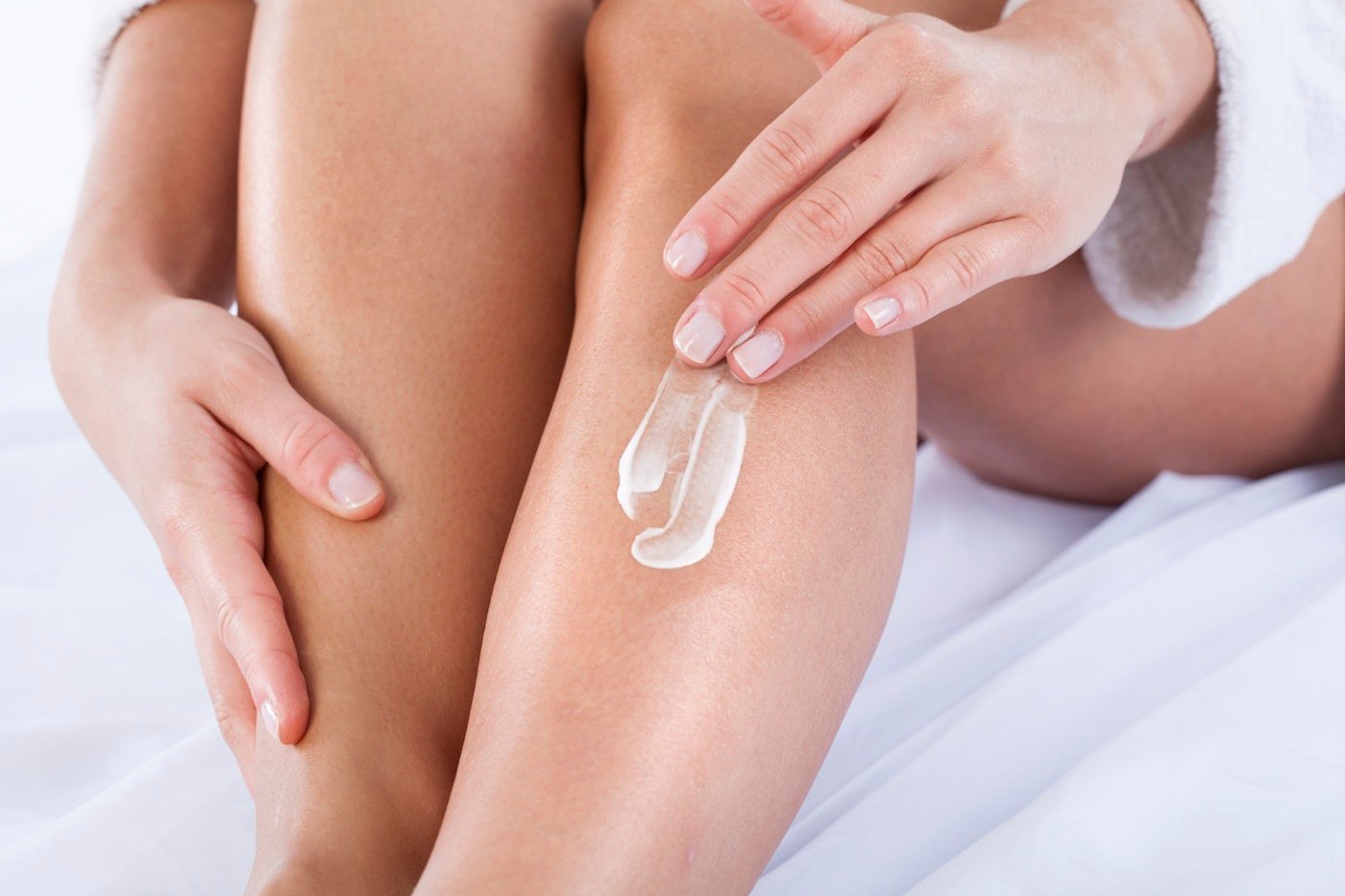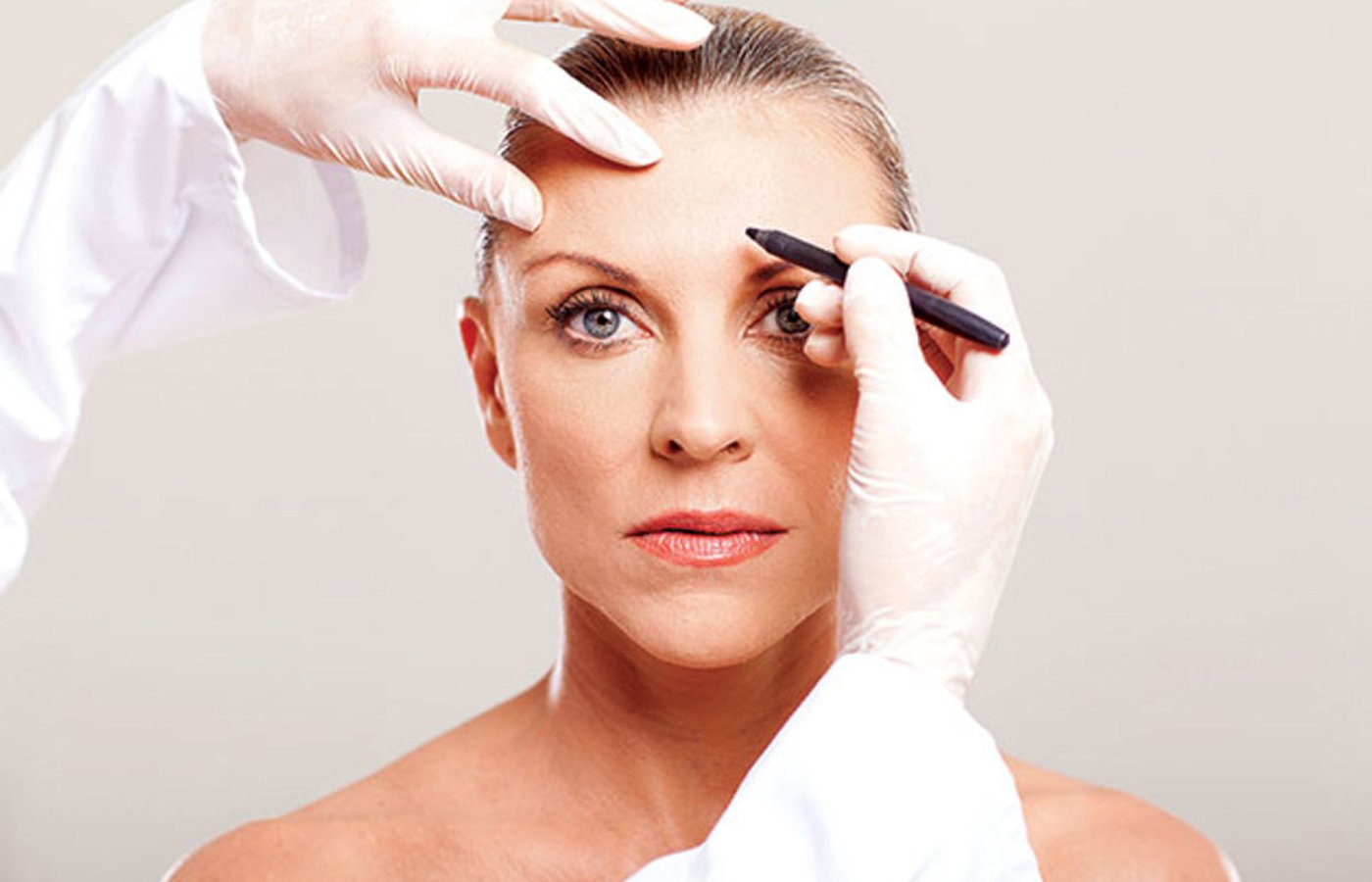May has been designated at Skin Cancer Awareness Month by the American Academy of Dermatology. And more specifically, the first Monday in May has been given the name “Melanoma Monday” to bring attention to the most deadly form of skin cancer.
Educating people about the warning signs of melanoma, a skin cancer with life-threatening potential, is a passion of mine. In 2007, I noticed a mole on my leg was becoming slightly darker. Although it did not look particularly worrisome, the dermatologist in me knew that any change in a mole was often the first sign that it could be dangerous. I had it removed by a colleague, and it revealed the worst: malignant melanoma. Thankfully, my melanoma was in the earliest stages and completely removed with surgery.
There is a misconception that skin cancer is not dangerous, but nothing is further from the truth. Consider the following statistics from the Skin Cancer Foundation:
- Approximately one American per hour dies from melanoma.
- Melanoma is the second most common form of cancer in women aged 20 to 29.
- In the past two decades, melanoma rates have more than tripled.
- One in 55 people will be diagnosed with melanoma in their lifetime.
How to protect yourself from invasive Melanoma?
It is important to get familiar with your skin by performing a self-skin examination once a month. The best time to do the exam is either before or after the shower when the entire skin surface can be seen. Pay particular attention to what dermatologists call the “ABCDE” signs of melanoma:
Moles that are asymmetric (one half looks different from the other), with jagged borders, color variation, diameter larger than a pencil eraser (although melanoma can start much smaller than this), and are evolving or changing.
A changing mole is a dangerous one and always needs evaluation. By performing skin self-examinations on a regular basis, everyone has the power to detect changing moles and bring them to the attention of a doctor. When melanoma is caught in the earliest stages, it’s almost 100 percent treatable.
For more information about how to perform a good skin exam and find free skin cancer screenings near where you live, check out the American Academy of Dermatology.
Dr. Elizabeth Tanzi is a board-certified dermatologist and co-director of the Washington Institute of Dermatologic Surgery.




















